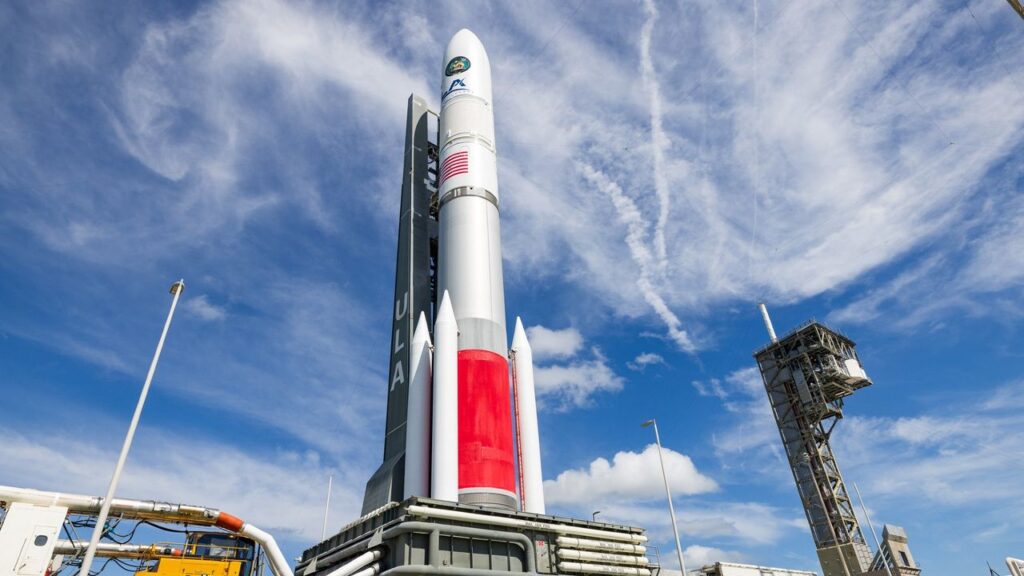
United Launch Alliance (ULA) successfully launched its most powerful rocket, the Vulcan Centaur, on August 12, 2025. The mission, which took place during a one-hour launch window starting at 19:59 ET (23:59 GMT), aimed to deploy an experimental navigation satellite for the U.S. military. The launch occurred at Space Launch Complex 41 at Cape Canaveral Space Force Station in Florida, with weather conditions showing a favorable 75% chance for liftoff.
The Vulcan Centaur rocket, equipped with four side-mounted solid rocket boosters, generated sufficient thrust to propel its payload into geosynchronous orbit. This mission marked one of ULA’s longest flights, spanning over 22,000 miles (35,000 kilometers) and taking approximately seven hours to complete.
Significance of the Navigation Technology Satellite-3
The primary payload for this mission was the **Navigation Technology Satellite-3 (NTS-3)**, an experimental navigation satellite, which is notable for being the first of its kind launched by the U.S. military in 48 years. This satellite is designed to provide position, navigation, and timing (PNT) data, similar to that offered by the well-known GPS system.
According to Andrew Builta, a representative from **L3Harris Technologies**, the prime contractor for the PNT payload, NTS-3 incorporates new technologies aimed at improving resilience against jamming and spoofing. With GPS jamming emerging as a significant challenge for military and commercial operations, the satellite’s capabilities will be crucial for maintaining effective navigation services.
The NTS-3 features a phased array antenna, allowing it to direct powerful beams toward ground forces while operating in challenging environments. Builta emphasized this technology during a media roundtable prior to the launch, stating it enables the satellite to “focus powerful beams to ground forces and combat jamming environments.”
Additionally, the satellite includes innovative software architecture that permits reprogramming while in orbit. Builta described this capability as a “truly game-changing” advancement for military navigation.
Vulcan Centaur’s Flight History and Certification
The **Vulcan Centaur**, standing at 202 feet (61 meters), has completed two prior flights. The inaugural flight in January 2024 successfully launched **Astrobotic’s** Peregrine lunar lander, although the lander experienced an anomaly and ultimately fell back to Earth. The second flight in October 2024, which aimed to launch a mass simulator, encountered an issue 39 seconds into ascent due to a manufacturing defect in one of the rocket’s solid boosters.
Despite these earlier anomalies, the U.S. Space Force certified the Vulcan Centaur for national security launches, including the recent mission. This certification expands the number of providers eligible to launch military and intelligence satellites to two, with **SpaceX** being the other certified provider.
ULA has plans for the Vulcan Centaur to support more than two dozen national security missions for the U.S. Space Force, indicating its pivotal role in the future of military satellite operations. The rocket can launch from both Cape Canaveral and Vandenberg Space Force bases, enhancing its operational flexibility.
With the successful launch of NTS-3, ULA not only demonstrates its advanced technological capabilities but also reinforces the importance of innovation in military navigation systems. This mission exemplifies the ongoing commitment to enhancing national security through cutting-edge space technologies.







